


















 Book a service
Book a service

Class C fires involve flammable gases such as propane, butane, methane, and hydrogen. These fires can be highly explosive, making immediate action crucial. The first priority in dealing with a Class C fire is to shut off the gas supply to stop the fuel source. Go back to fire extinguishers
Class C fires involve flammable gases such as propane, butane, methane, and natural gas. These are commonly found in chemical plants, industrial warehouses, heating systems, hospitals, and homes. These fires are particularly challenging to extinguish and require an ABC powder fire extinguisher for effective suppression.
Flammable gases are highly volatile and can lead to explosive fires if a leak occurs due to damaged or improperly installed equipment. Even a small spark can ignite a gas fire, making it far more dangerous and difficult to control than other fire types.
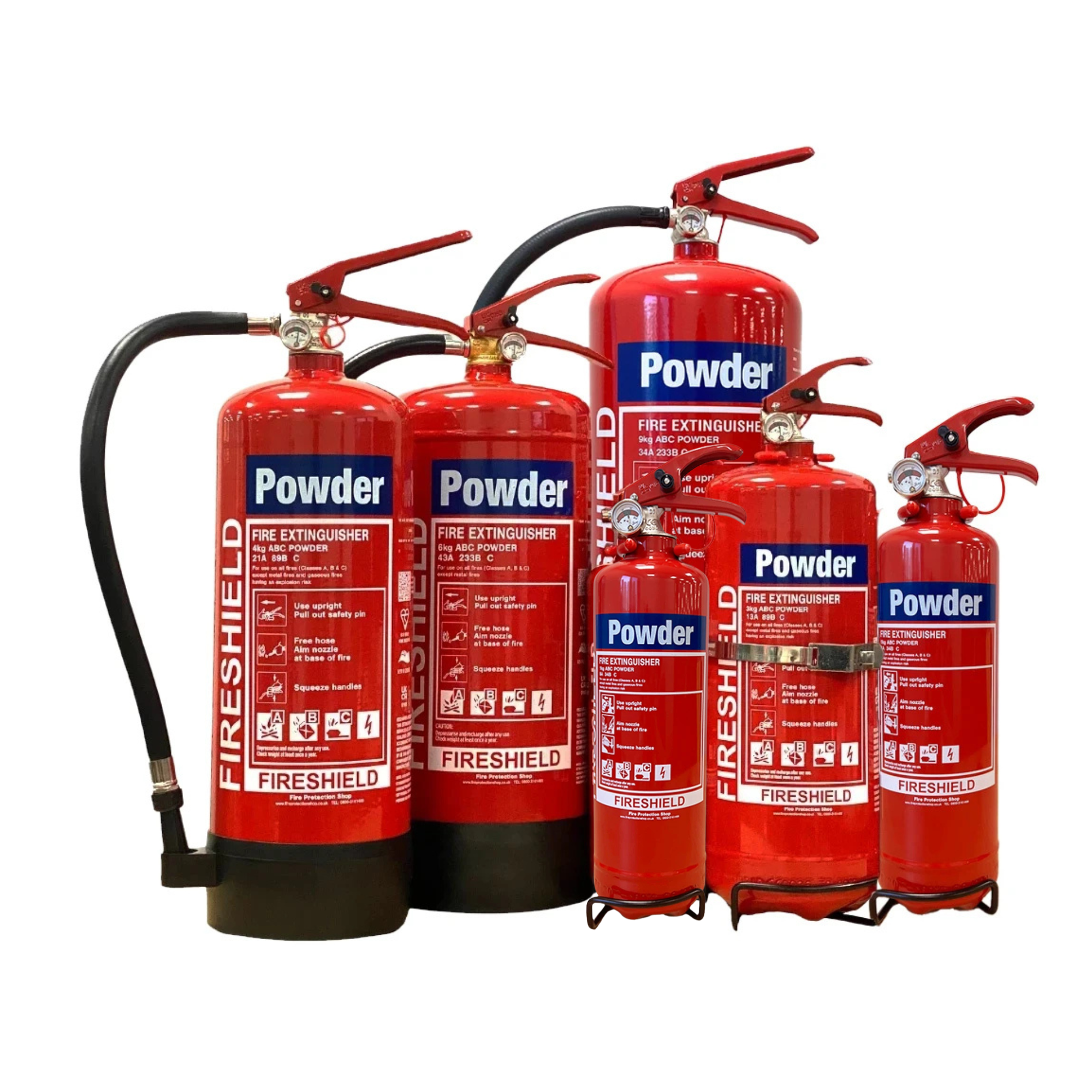
ex vat
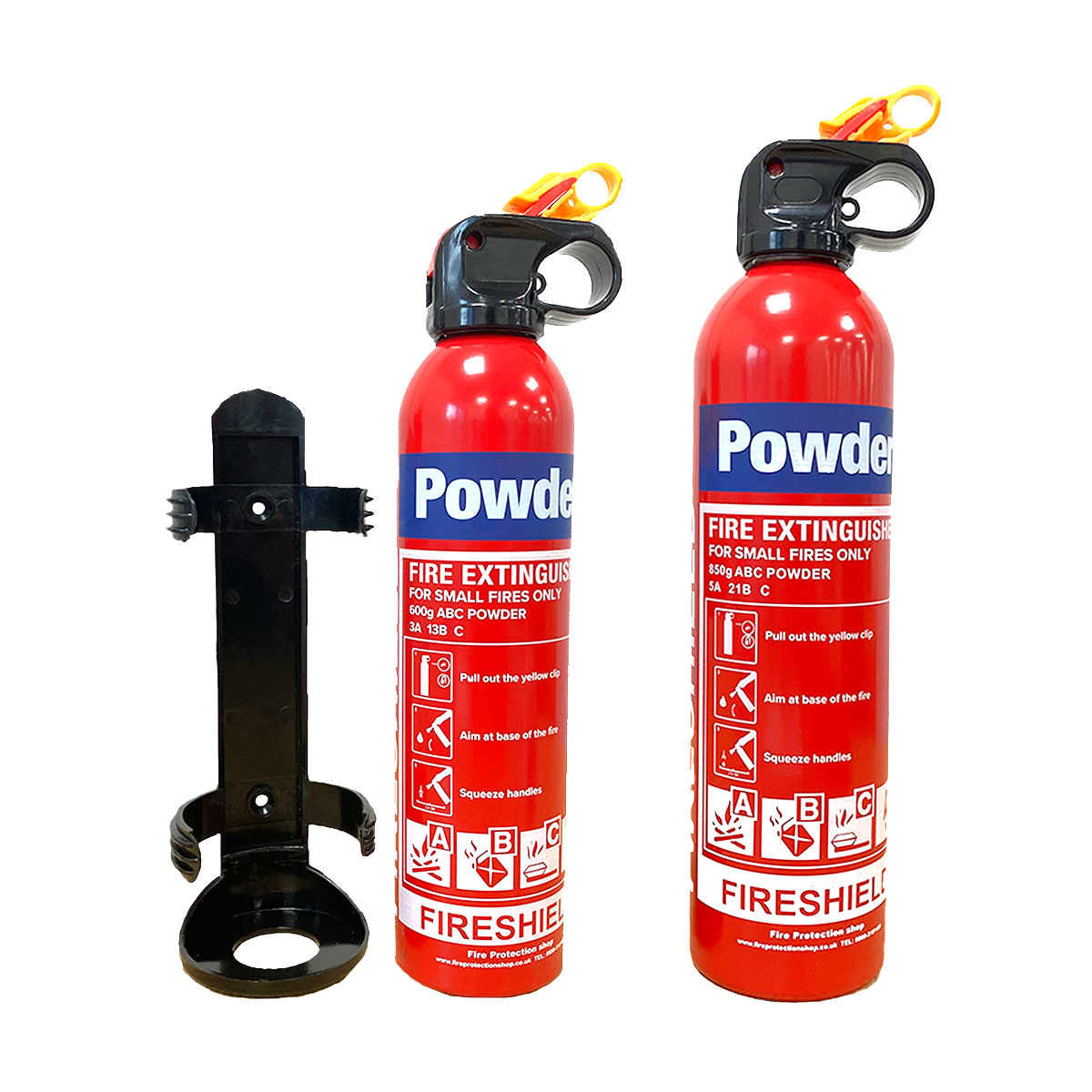
ex vat
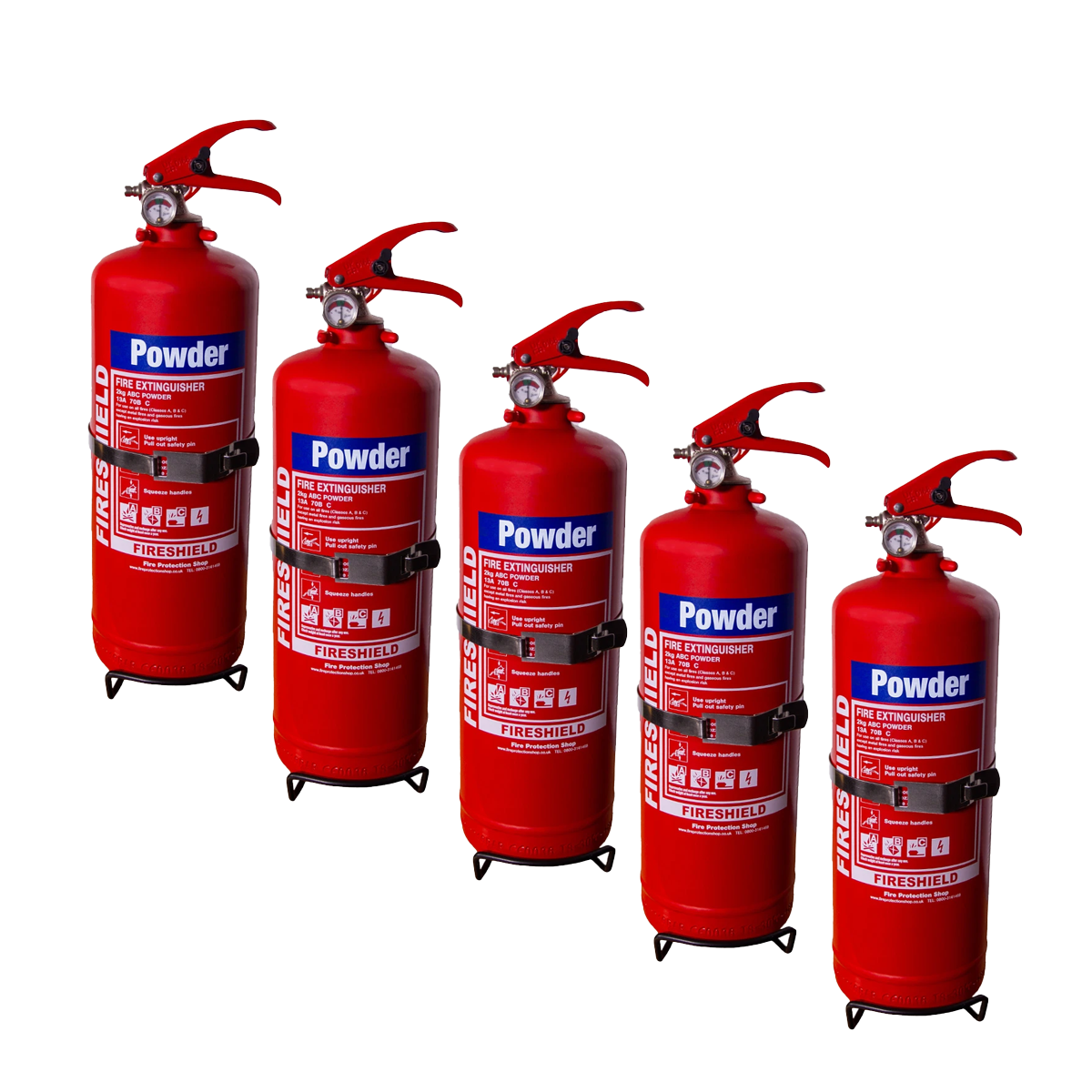
ex vat
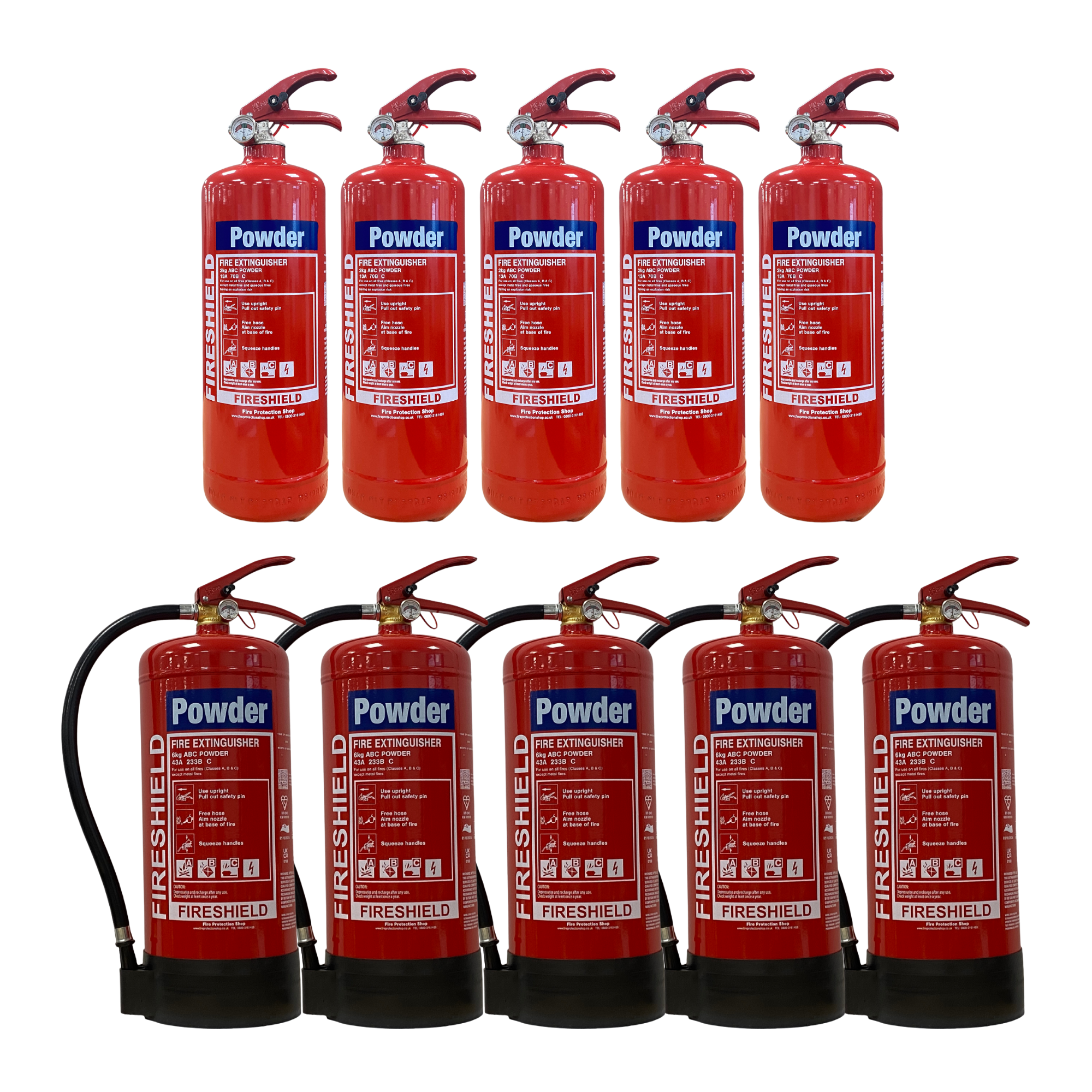
ex vat
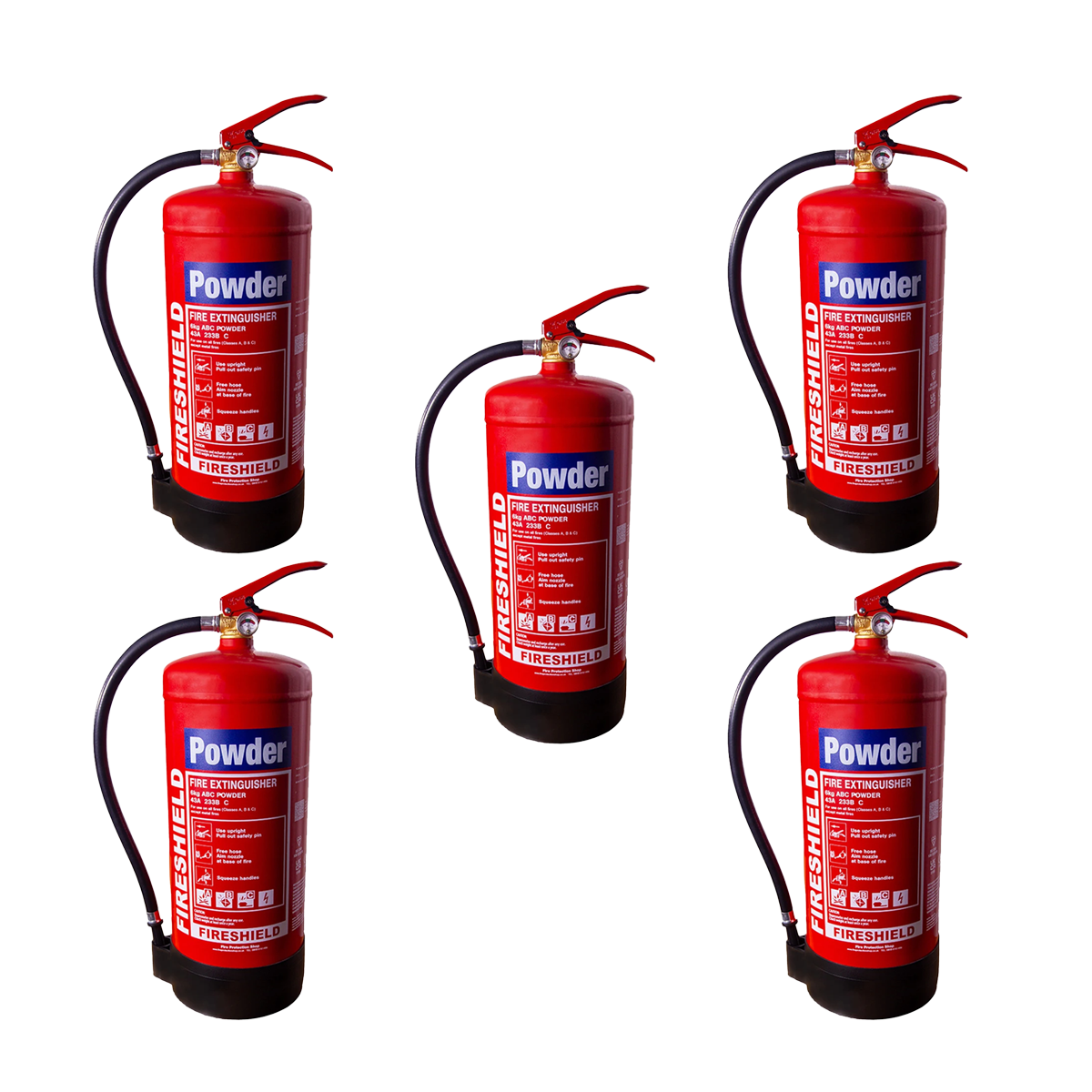
ex vat
ABC dry powder fire extinguishers are suitable for Class C fires involving flammable gases. In addition to Class C, dry powder can tackle Class A and Class B fires. This makes them highly effective for open areas where dangerous gases are present. For example, warehouses, chemical plants, and heating systems.
Clean agent extinguishers are highly effective on Class A, B, C, and electrical fires. They work by disrupting the chemical reaction of the fire while leaving no residue behind. This makes them ideal for environments with sensitive equipment. Unlike water-based extinguishers, clean agents do not conduct electricity, making them a safe choice for electrical fires as well.
We use cookies to enhance your site experience. Choose your preferences below.


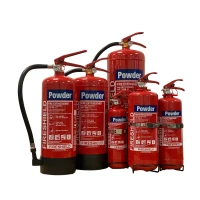
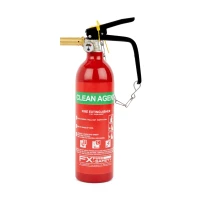
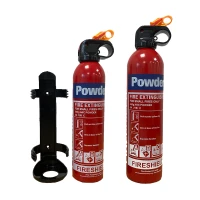
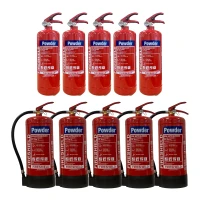
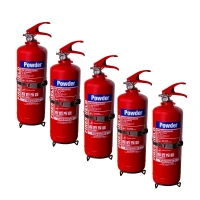
 Solid Combustibles, Class A
Solid Combustibles, Class A
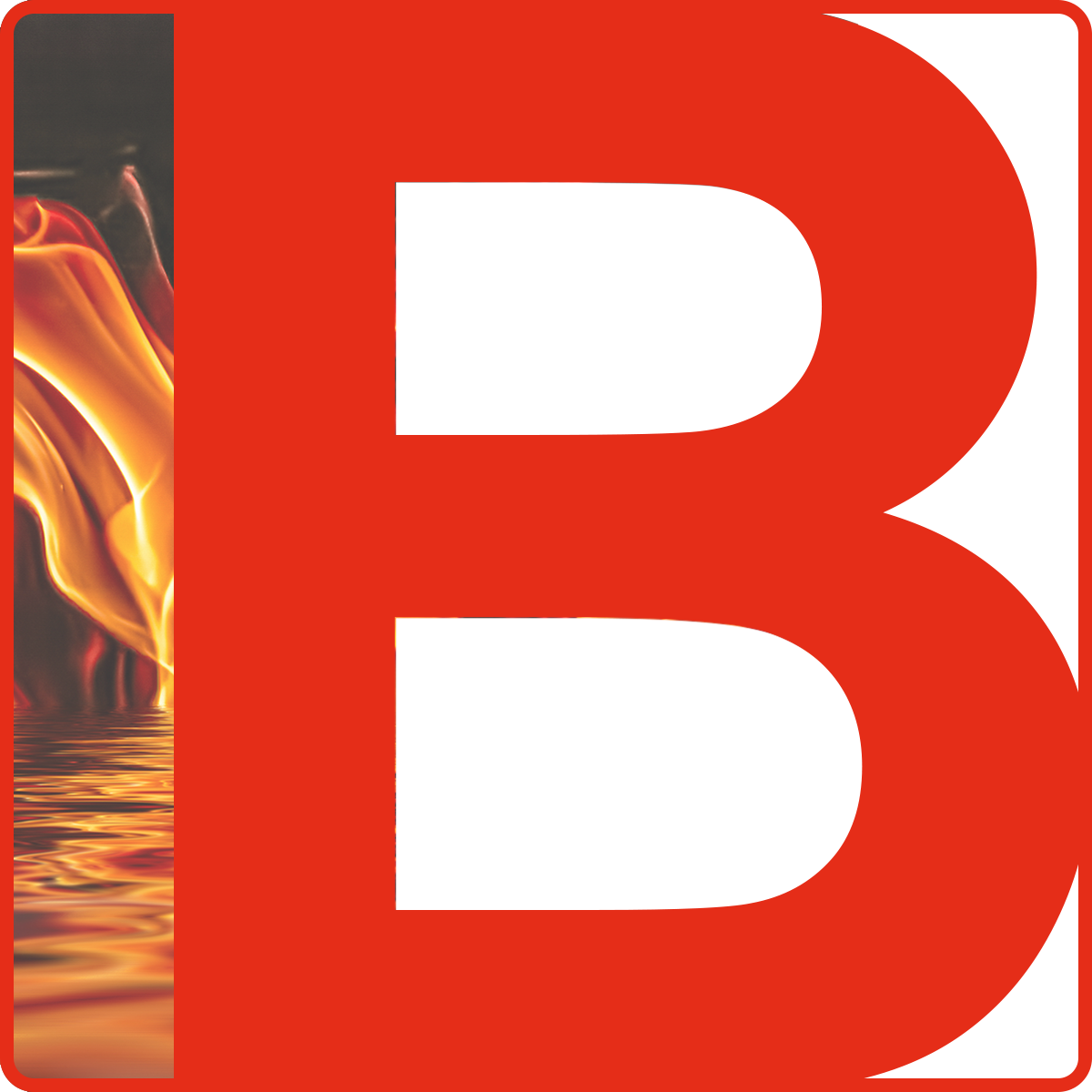 Liquid Combustibles, Class B
Liquid Combustibles, Class B
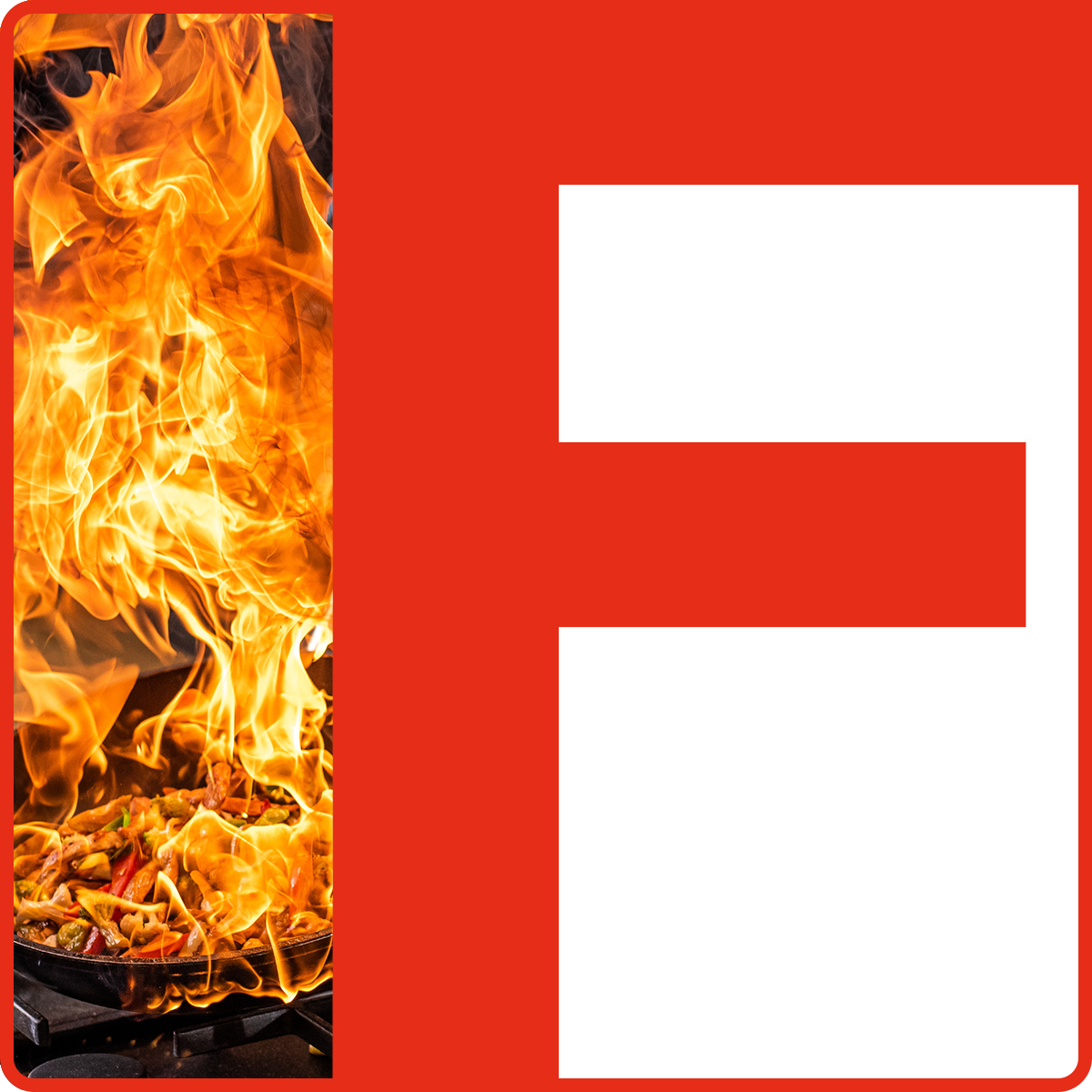 Cooking Oils & Fats, Class F
Cooking Oils & Fats, Class F